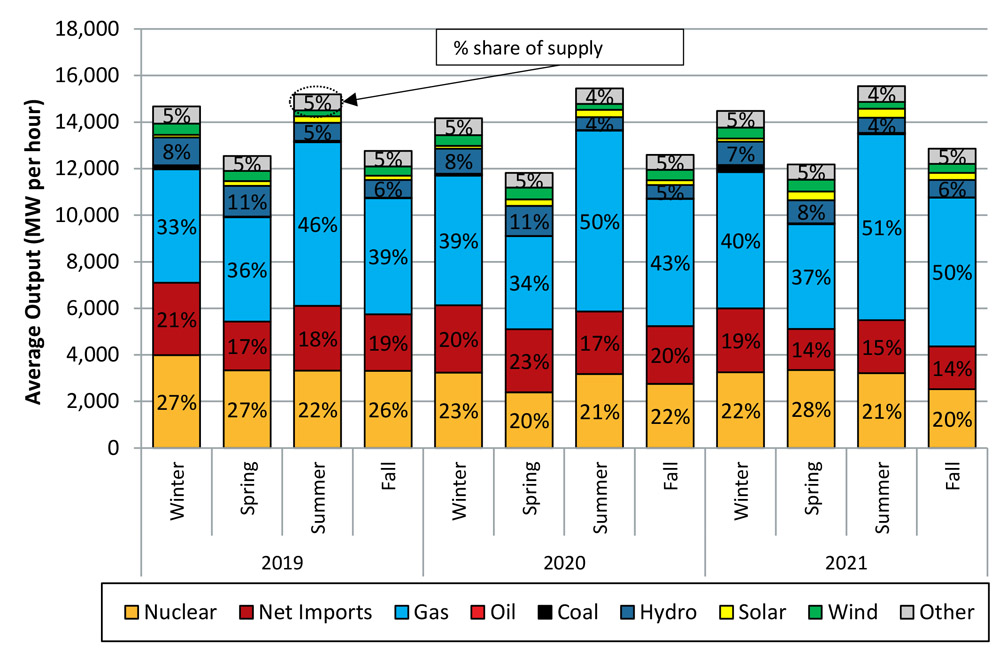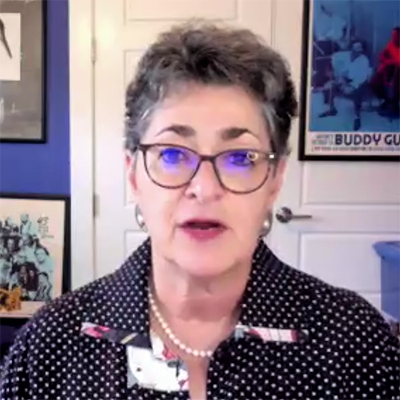FirstEnergy’s (NYSE:FE) long-time use of an internal service company to handle the day-to-day accounting for its transmission companies, local distribution companies and former power plant companies violated a number of federal regulations, a FERC audit has concluded (FA19-1).
FERC’s Division of Audits and Accounting issued an 85-page report Friday detailing the findings of the audit it announced a year ago. The company has largely agreed with its findings and committed to refunding $9.6 million to customers, the audit report noted.
The close examination of FirstEnergy’s accounting practices discovered that the cost of routine operations — from day-to-day local utility customer services to corporate political lobbying — somehow were reflected as other costs in accounting — for example, in transmission company overhead — and consequently may have been passed on as customer charges.
It also found that the internal company FirstEnergy had created to handle back-office accounting, FirstEnergy Service Co. (FESC), accounted for routine distribution company operating and overhead expenses as, for example, construction works in progress, though the expenses had nothing to do with construction.
In some cases, those mislabeled construction cost were deferred, meaning they were temporarily listed as a loss, only to be later amortized and collected in delivery rate increases.
FESC “capitalized overhead costs to Construction Work in Progress-Electric using an allocation method that was not based on actual time employees were engaged in construction activities based on timecard reports or on a representative time study,” the report said. “This may have led to FirstEnergy’s subsidiaries capitalizing costs to [that account] that did not have a definite relationship to construction. As a result, the companies may have overstated construction costs recorded in [the electric plant in-service account] as well as accumulated depreciation, depreciation expenses and accumulated deferred income tax (ADIT) balances, and understated operating expenses.
Relation to Bribery Scandal
The audit closely examined the role the unorthodox accounting practices played in the largest political scandal in Ohio’s history: FirstEnergy’s contributions of at least $70.1 million to “dark money” groups to bankroll a yearslong campaign to win legislative approval of a $1.1 billion subsidy for two nuclear power plants formerly owned by the company. Ohio lawmakers approved the bailout in 2019 in legislation known as House Bill 6.
Passage of H.B. 6 turned out to have been the key event in an ongoing federal probe into political corruption at the state level.
Lawmakers repealed the nuclear bailout provision of H.B. 6 in March 2021, eight months after federal prosecutors indicted former Ohio House Speaker Larry Householder (R) and four of his associates on federal racketeering charges. Two of the associates have pleaded guilty and are awaiting sentencing. A third killed himself. Householder and the fourth are awaiting trial.
FirstEnergy pleaded guilty to conspiring with public officials in a deferred prosecution agreement and agreed to a $230 million fine. The federal investigation is continuing, and further indictments are possible.
The audit found that “FESC improperly accounted for and improperly reported lobbying expenses, donations and other costs that lacked proper supporting documentation or were misclassified” as unsupported costs. The costs were charged to FirstEnergy subsidiaries as well as to the corporation. This led the subsidiaries to improperly account for and report the costs in their respective accounting records.
The report added that “out of $70.9 million of payments, $44.5 million was recorded in the accounts of [former power plant subsidiary] FirstEnergy Solutions [FES], and $25 million was recorded in FirstEnergy’s own books.”
FERC audit staff’s “discussions on internal controls during on-site interviews of FESC employees raised audit staff’s concerns about the existence of significant shortcomings in FirstEnergy and its subsidiary companies’ controls over financial reporting, including controls over accounting for the costs of civic, political and related activities, such as lobbying activities, performed by and on behalf of FirstEnergy and its subsidiaries,” the report said.
“Moreover, these controls may have been circumvented in ways designed to conceal the nature and purpose of expenditures made and, as a result, that led to the improper inclusion of lobbying and other nonutility costs in wholesale rate determinations.
Payments to Randazzo
The report details $22.8 million in payments FirstEnergy made between 2010 and 2018 to a pair of tiny Ohio companies incorporated by veteran utility lawyer and lobbyist Samuel Randazzo. Gov. Mike DeWine appointed Randazzo chair of the Public Utilities Commission in February 2019, a few weeks after the company made a final $4.3 million payment to Randazzo. DeWine has said he was unaware of the payment.
The company charged $20.9 million of the $22.8 million it paid to Randazzo to transmission companies and some of the corporation’s 10 local distribution companies, which the audit did not identify.
“FirstEnergy represented to audit staff that it will make refunds of around $185,000 to retail and transmission customers and has already made the related accounting entries to correct charges of $6.7 million allocated to electric plant in service of the [franchised public utilities] and transmission companies and to prevent those expenses from impacting future rates,” the audit said.
Randazzo resigned in November 2021, four days after FBI agents raided his downtown Columbus condo. He has not been charged.
The report also revealed that FirstEnergy told FERC staff auditors it was investigating $28.8 million in payments to 16 “entities associated with an individual identified by FirstEnergy” but not revealed in the report.
Most of those payments ($19.7 million) were charged to local distribution companies, while $1.1 million went on the books of FirstEnergy’s transmission companies, $2.2 million to FES and $5.8 million to the corporate books.
The audit report could bolster an effort by the Ohio Consumers’ Counsel (OCC) to convince the Ohio PUC to compel FirstEnergy to submit discovery in a case regarding the company’s political expenditures pending before the commission. The OCC, a state agency charged with representing consumers in utility issues, again pressed a PUC administrative judge for discovery within hours of the FERC audit release.



